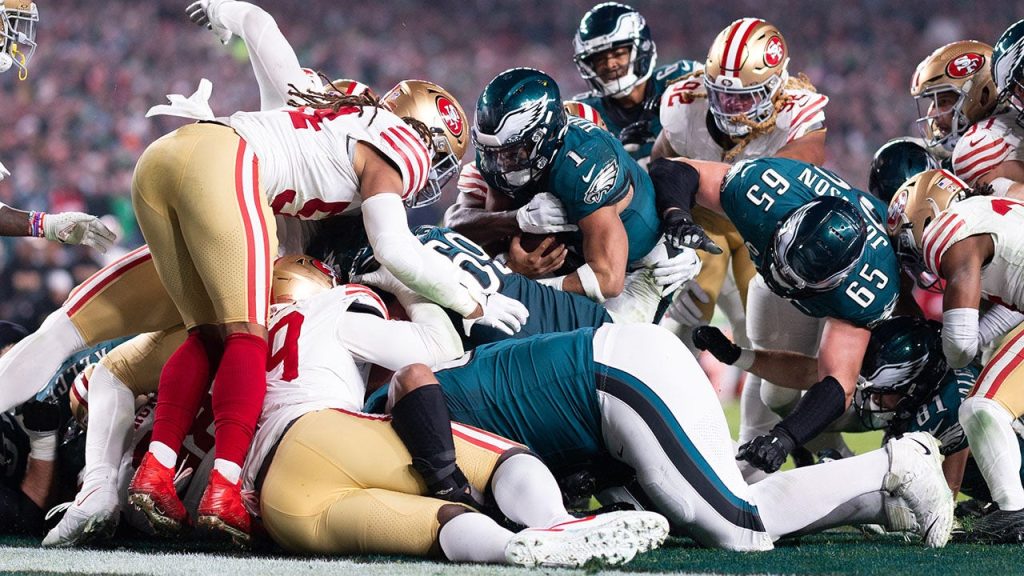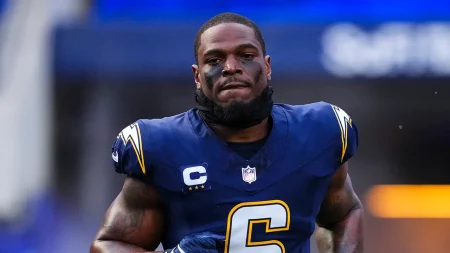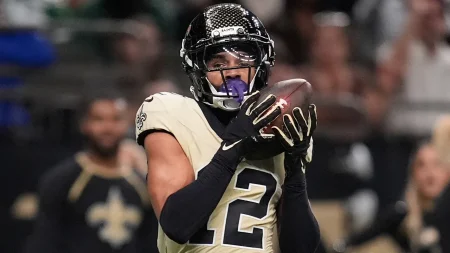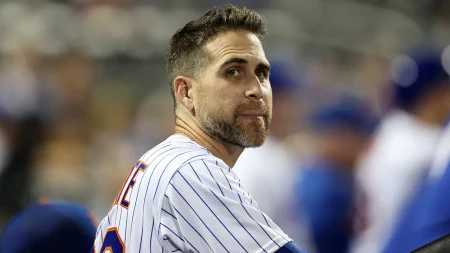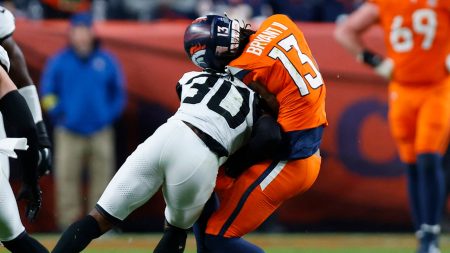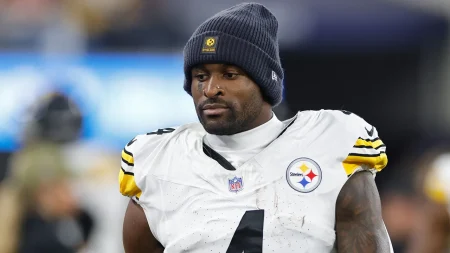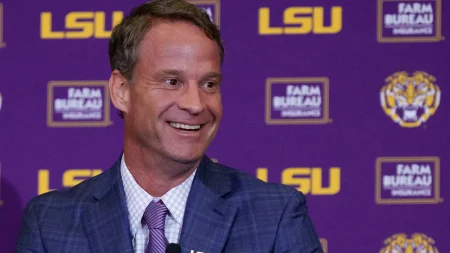The Philadelphia Eagles’ innovative “tush push” play, a quarterback sneak variation that propelled them to Super Bowl LVII, has become a focal point of discussion leading up to Super Bowl LIX. This seemingly simple yet highly effective maneuver involves quarterback Jalen Hurts lining up under center and, upon snapping the ball, being propelled forward by his offensive line, often resulting in crucial short-yardage gains or touchdowns. While fans and media have embraced the colloquial moniker “tush push,” Hurts himself maintains a more straightforward approach, referring to it simply as a “quarterback sneak.” Regardless of its name, the play’s success rate has sparked debate about its legality and potential impact on the game.
The “tush push” has become an integral part of the Eagles’ offensive strategy, serving as a reliable tool for extending drives and converting critical third or fourth-down situations. Its effectiveness stems from the coordinated effort of the offensive line, who work in unison to push Hurts forward, often generating enough momentum to overcome the defensive line’s resistance. This coordinated push, while appearing unconventional, leverages the rules of the game to its advantage, exploiting the gray area between a legal push and an illegal assist. The Eagles’ consistent success with the play throughout the 2023 season – it was stopped only four times – has led to its prominence in pre-Super Bowl LIX discussions.
The play’s success has not gone unnoticed, prompting discussions within the NFL about its legality and potential need for rule changes. Some argue that the “tush push” circumvents the spirit of the game, providing an unfair advantage to the offense. Others defend it as a legitimate strategic innovation, highlighting the skill and coordination required for its execution. NFL executive Troy Vincent has weighed in on the debate, advocating against banning the play, emphasizing that teams should not be penalized for effectively utilizing strategic advantages.
The “tush push” controversy adds another layer of intrigue to the Super Bowl LIX matchup between the Eagles and the Kansas City Chiefs. The Chiefs’ defense now faces the challenge of devising a strategy to counter this potent short-yardage weapon. Their success or failure in stopping the “tush push” could significantly impact the game’s outcome, potentially influencing crucial drives and scoring opportunities. The Chiefs will likely focus on fortifying their defensive front, aiming to disrupt the Eagles’ offensive line coordination and prevent Hurts from gaining the necessary momentum.
The Washington Commanders, during their encounters with the Eagles, experienced firsthand the difficulty of stopping the “tush push,” failing on multiple occasions and even contributing to its effectiveness with repeated offsides penalties. Their struggles serve as a testament to the play’s potency and the challenge it poses to opposing defenses. The Commanders’ experience provides a valuable case study for the Chiefs, highlighting the importance of disciplined defensive play and the need to avoid penalties that could further advantage the Eagles’ “tush push” strategy.
The “tush push,” while generating controversy and sparking debate, underscores the constant evolution of offensive and defensive strategies in the NFL. Its emergence as a key element in the Eagles’ offensive arsenal highlights the ingenuity and adaptability of coaches and players in seeking new ways to gain an edge. Whether viewed as a clever innovation or a controversial tactic, the “tush push” has undeniably left its mark on the game, adding a new dimension to short-yardage situations and forcing defenses to adapt. Its presence in Super Bowl LIX promises to be a significant storyline, potentially influencing the game’s outcome and further shaping the ongoing conversation surrounding its legality and impact on the future of the sport.




